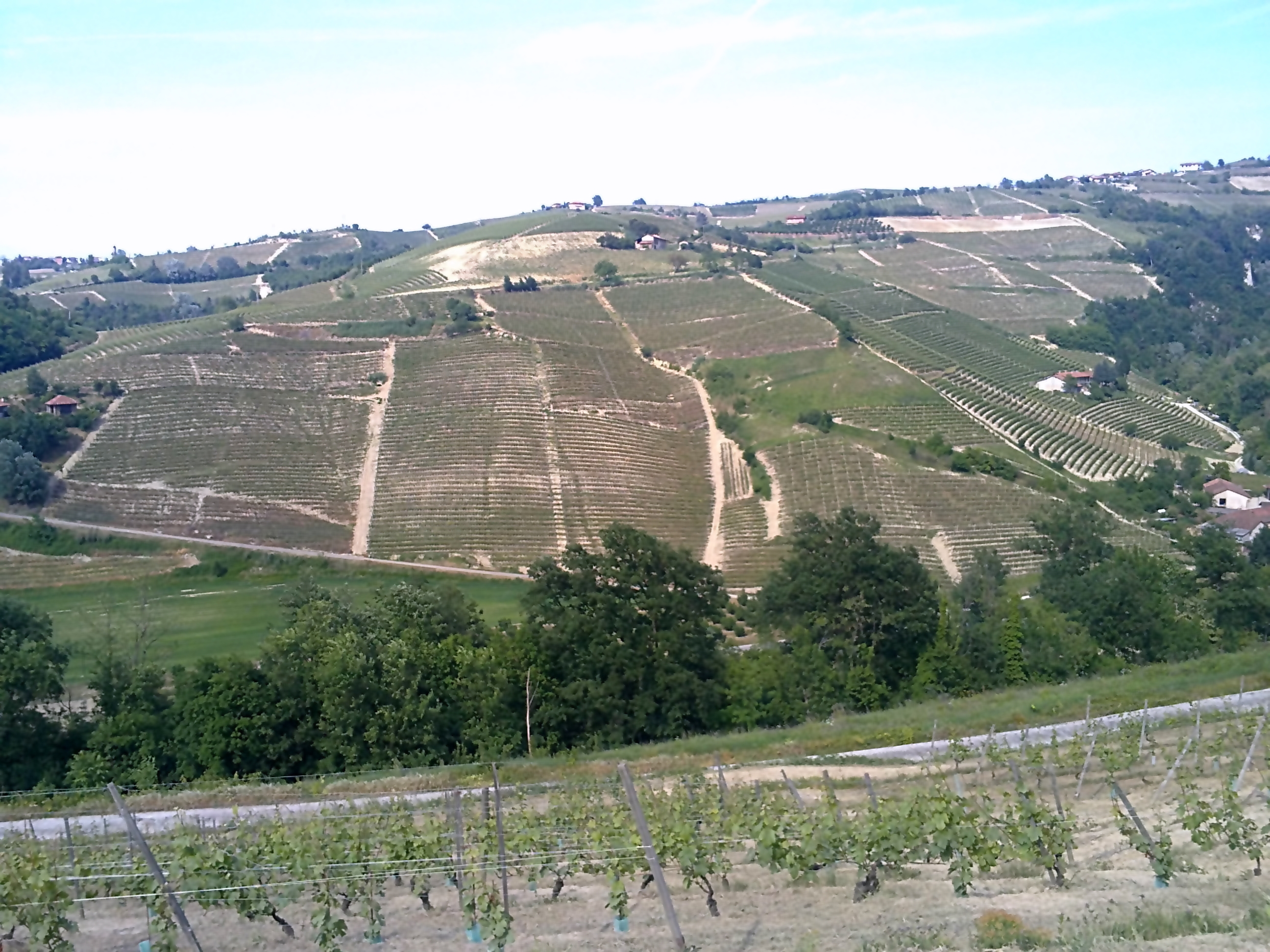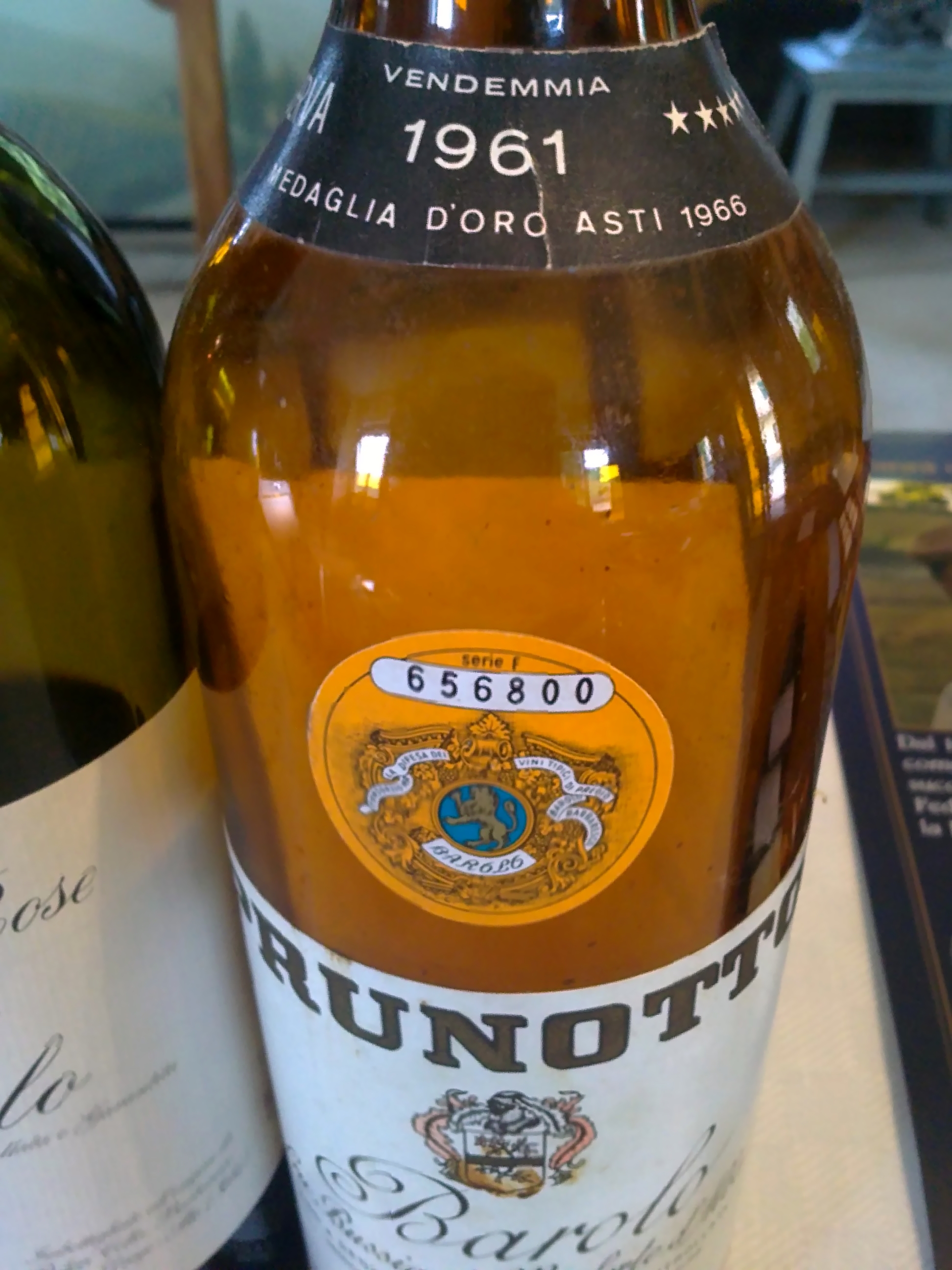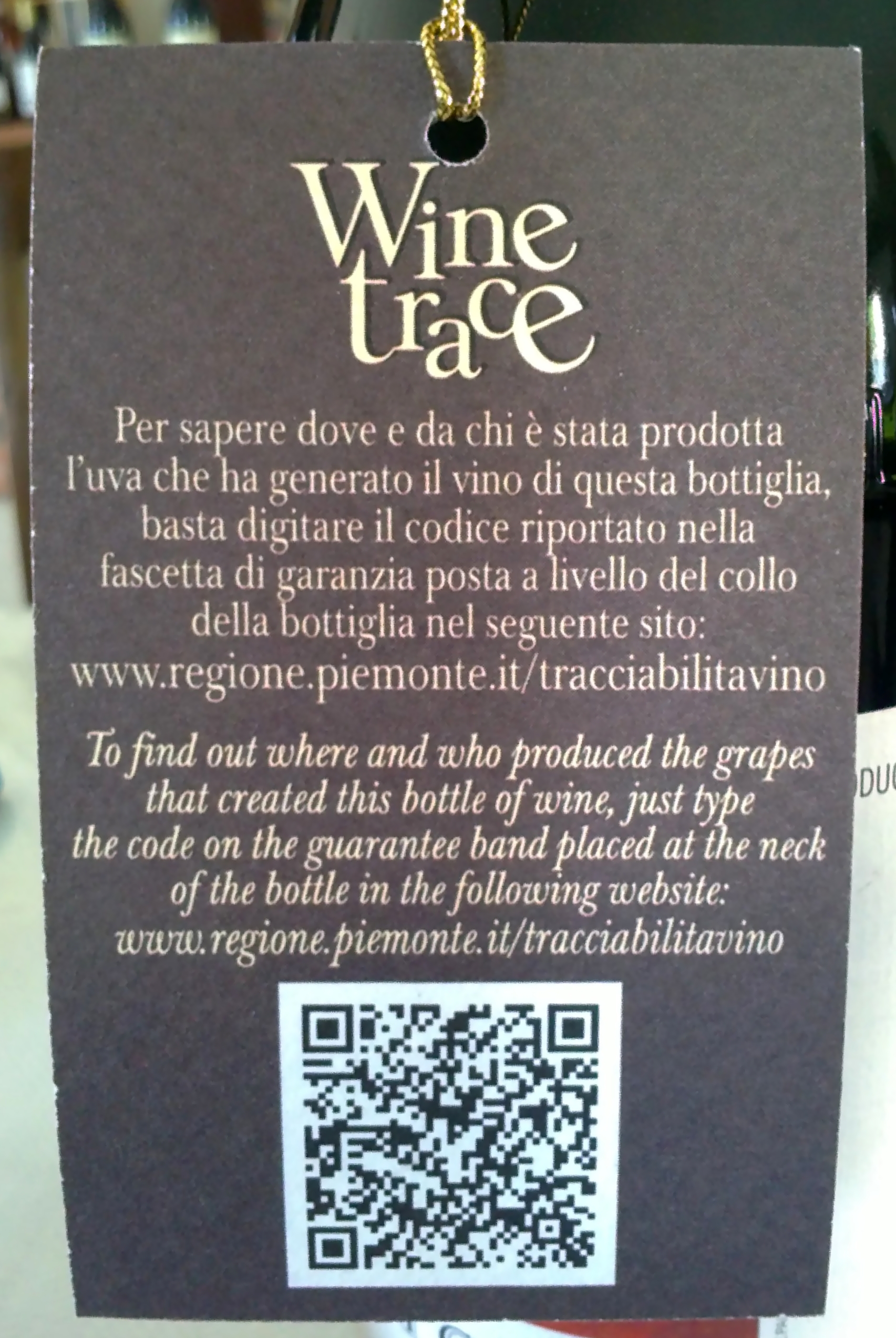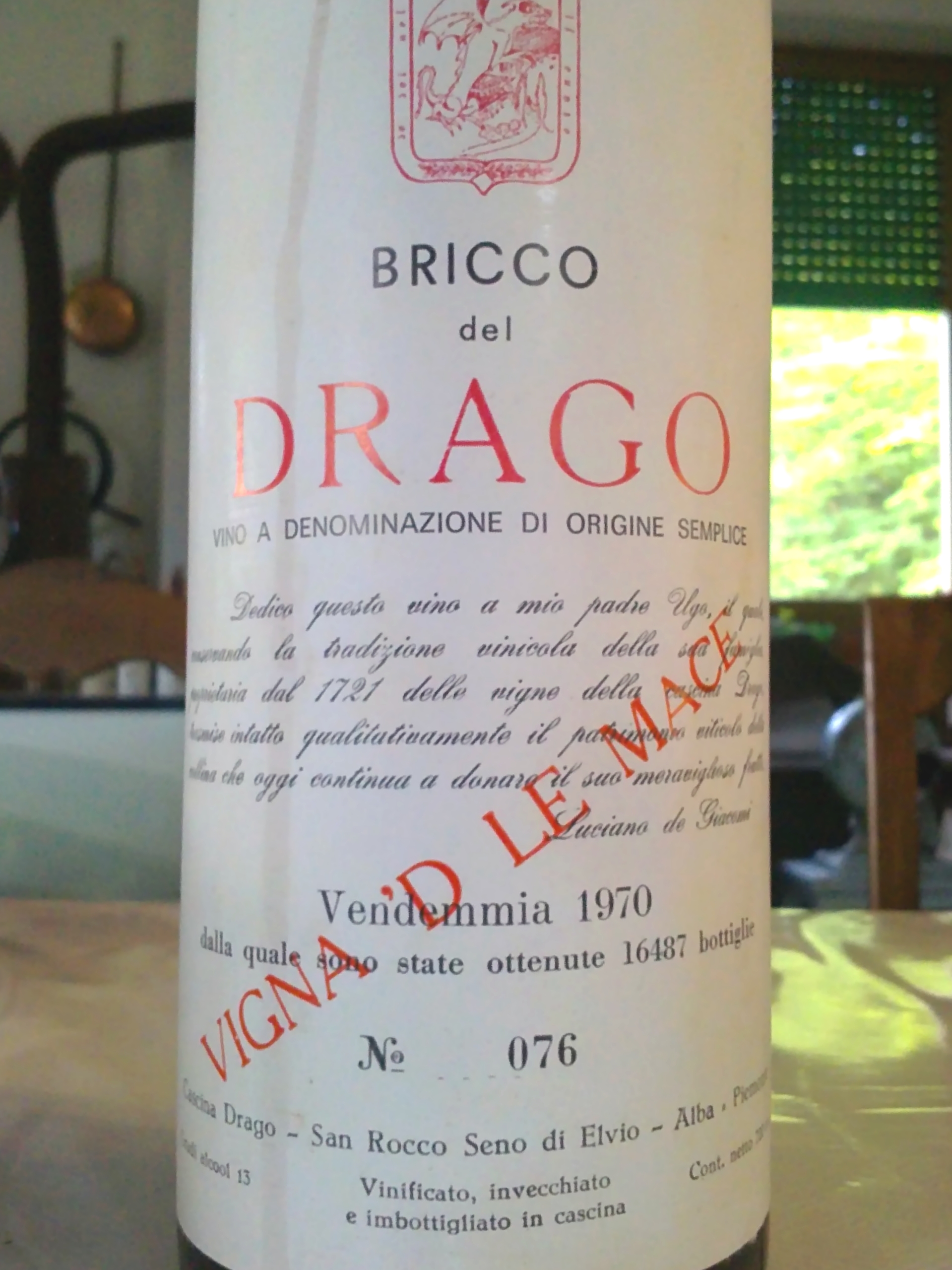Poderi Colla: history speaks
Posted on 13 May 2011
My next Thursday visit after Verduno was at Poderi Colla. This 25-hectare family estate is actually a piece of Piedmont history. It has the oldest Pinot Noir vines in the region, dating from the 1970s. The first multi-variety blend was also created here in 1969 (prior to that all Piedmont wines were based on a single grape variety: Nebbiolo, Barbera, Dolcetto) when Dolcetto from the Bricco del Drago vineyard was blended with 15% Nebbiolo.
More importantly the estate is now run by Giuseppe (‘Beppe’) Colla, a man who made Italian wine history as owner of the Prunotto winery between 1956 and 1994. Apart from making some of the most acclaimed Barolos and Barbarescos there such as the 1971 and 1978, he also pioneered single-vineyard wines in the 1970s, making separate bottlings of Bussia, Cannubi, Montestefano and other grands crus. It took more than thirty years before they were officially recognised and regulated.
Beppe Colla runs the estate with his younger brother Tino and the latter’s son Pietro, all of whom are trained winemakers. Although Prunotto is owned since 1995 by the Antinori group (who have completely changed the winemaking style), tasting at the Collas always includes some older Prunotto vintages, presented with well-deserved pride. This time I got a glass of the 1979 Barbaresco Roncaglie: more than well-preserved with a complex bouquet and ample palate, it is still in full health.
There is the usual range of lighter wines here including a fun fizzy 2010 Freisa as well as a serious méthode champenoise and even an oak-aged Pinot Noir. The most successful of these wines by far is the 2008 Nebbiolo d’Alba which is essentially a single-vineyard Nebbiolo that has the misfortune of being produced 500 m outside the DOCG Barbaresco zone. But it’s easily worth a good Barbaresco and you can have a bottle for a ridiculous 10.50€.
We continued with some nice Barolos and Barbarescos including a pair of good but very concentrated and tight 2006s (I had the same feeling about the 2007 and 2008 in the blind tastings) and a brooding, rich but virile 1996 Barbaresco Roncaglie (still available at the winery for 48€, less than many current releases…). But the most interesting wine was the Bricco del Drago. A very steep south-facing hill reaching 420 meters asl, it is planted with the Dolcetto grape that usually makes Piedmont’s fruitiest everyday trattoria wine. Here, for obscure reasons (altitude and soil composition mainly), Dolcetto become a tannic beast in needs of a very long ageing in cask and bottle. Produced since 1969, the Collas have continued to use the recipe and brand for this famous wine, the only one in Italy to have enjoyed its own appellation denominazione di origine semplice. We tasted the 2007 that has beautiful fruit and for 13.50€, is one the best bargains in the whole of Italy. But it became emotional when a bottle of the 1970 Vigna ’d le Mace (essentially a riserva from the core of the cru) was uncorked. The wine was just amazing. Not only it was in fine shape at age 41 but still considerably tannic with some primary fruit. The humble Dolcetto grape outperformed the leading Barolos. Extraordinary.
Disclosure
My trip to Piedmont including flights, accommodation and wine tasting programme is sponsored by the Albeisa association of wine producers.





